The first recorded use of something resembling toilet paper comes from 6th century China where the more affluent members of society would use wads of paper to clean their nether regions.
In the Tang dynasty, a visiting diplomat to China from the middle east commented: “They are not careful about cleanliness, and they do not wash themselves with water after they have done their necessities, but they only wipe themselves with paper.”
By the Song dynasty, the Emperor decreed that paper measuring 2 feet by 3 feet be made available for his bathroom needs. This is the first-time paper was made specifically for toileting.
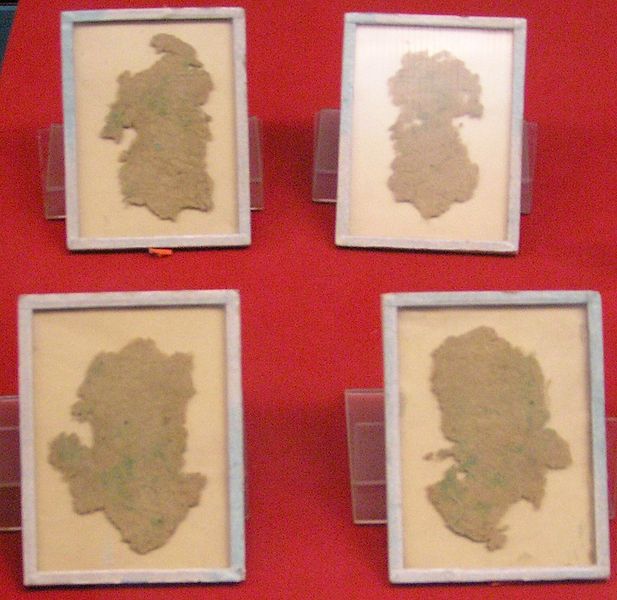
In Ancient Rome, where shared public toilets were all the rage, they preferred to use a tersorium, a communal sponge on a stick, which was stored in strong sea brine or vinegar when not in use.
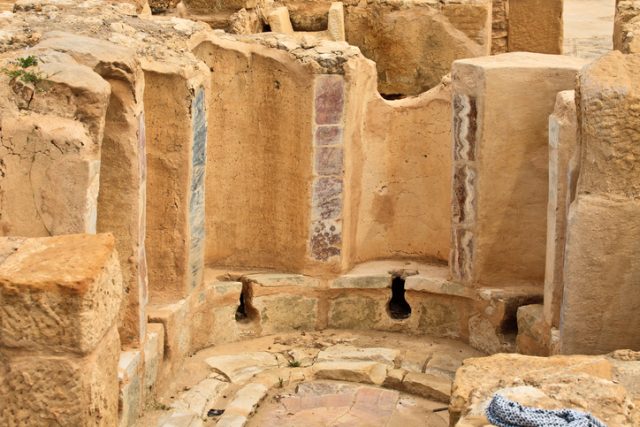
Sometimes this would be passed from person to person, and occasionally someone would end up grabbing the wrong end of the stick, leading to much hilarity and sometimes infection and death.
Seneca tells the story of a Germanic gladiator in 64AD who committed suicide by tersorium rather than face the horrors of the Colosseum.

Things were equally as strange in Ancient Greece where there was also a sponge on a stick called a xylospongium, but the preferred method was pieces of ceramic called pessoi.
These were used in a left to right scraping motion and historians have estimated that your average wipe would use three pieces.
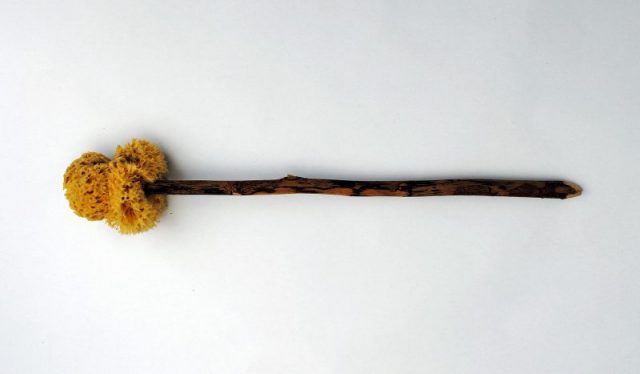
While it was common to do the business al fresco, there is evidence that the more privileged in society had access to flushing toilets.
As the Times reports, “The oldest flushing toilets in the world are thought to be in the Minoan palace of Knossos, in Crete, where their 4,000-year-old remains can still be seen. Minoan royalty sat on a wooden seat over a clay bowl, which was flushed with water into stone sewers.”
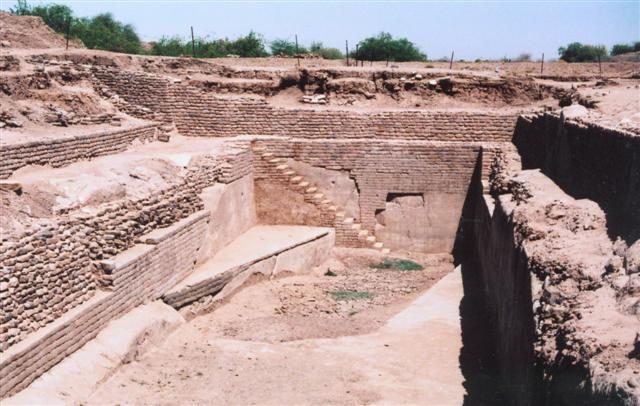
In ancient Japan they used a metal implement called a chugi that looked similar to a tongue depressor to clean any hard to reach areas — thankfully there are no reports of anyone confusing the two.
Things were slightly more sanitary in the ancient Middle East where they would use running water and their left hand to direct the stream of water to the correct area and then making sure to thoroughly wash the hand after use.
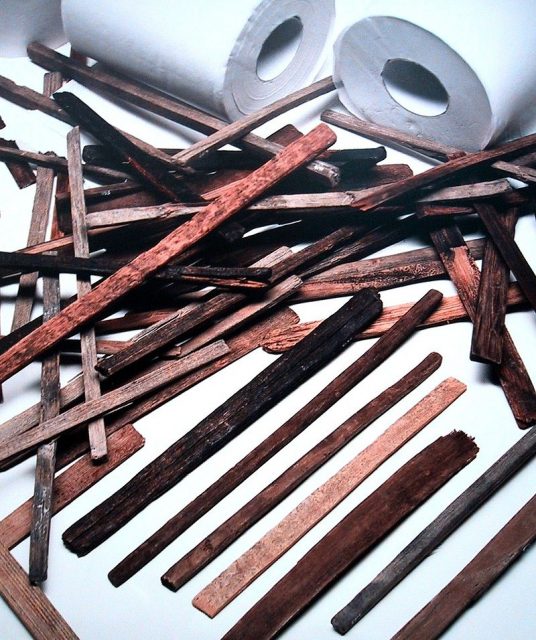
In Europe it was common to use rags which could be washed and used again, many of these rags ended up in the sewer system, so it’s impossible to know how many times these rags were used before being thrown away.
In the Americas it was common to use the corn cobs once the corn had been removed, this was a popular option because the cobs were readily available and surprisingly soft and flexible.

Even though the flushing toilet was invented in 1596, the first toilet paper was not produced until 1857, when an American inventor called Joseph Gayetty began selling with first therapeutic paper infused with aloe at 500 sheets for 50 cents.
Initially, Gayetty’s product was sold as a medical accessory, advertised as a help for people who struggled with hemorrhoids.
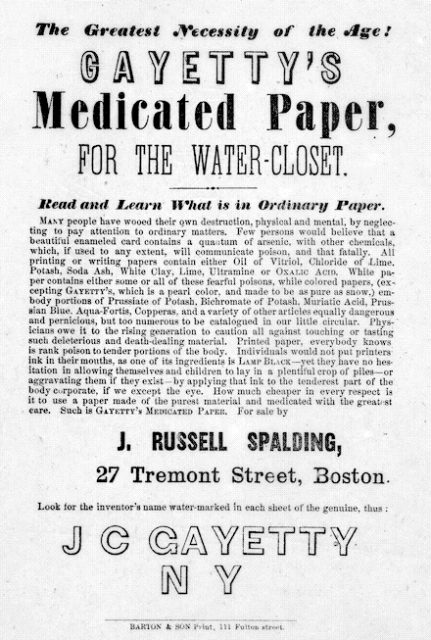
Before Gayetty’s invention became popular, people were using whatever they could get their hands on. Mail order catalogs and publications such as the Farmer’s Almanac were favorite bathroom substitutes, or something more natural like a piece of moss, piles of dirt or a bit of fur, or even in some cases mussel and oyster shells.
Although Gayetty was very proud of his invention, the product was later remembered as a commercial disaster. Following his example, a few other inventors tried to place their papers in a roll on the market.
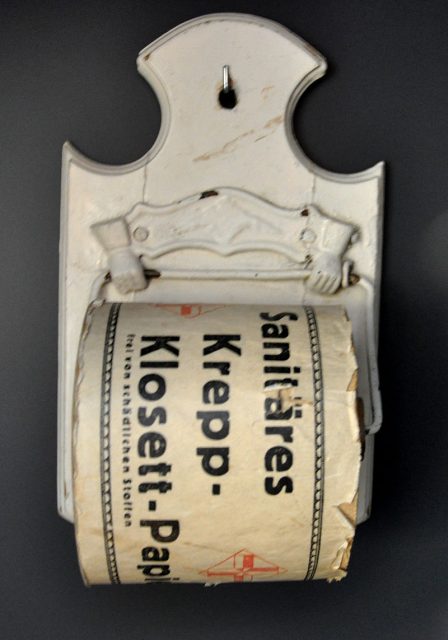
Many of them were unsuccessful until 1867 when the brothers Thomas, Edward, and Clarence Scott managed to successfully market their toilet paper.
So, 1867 was the year when the perforated toilet paper in rolls, as we know it today, saw a wider use.
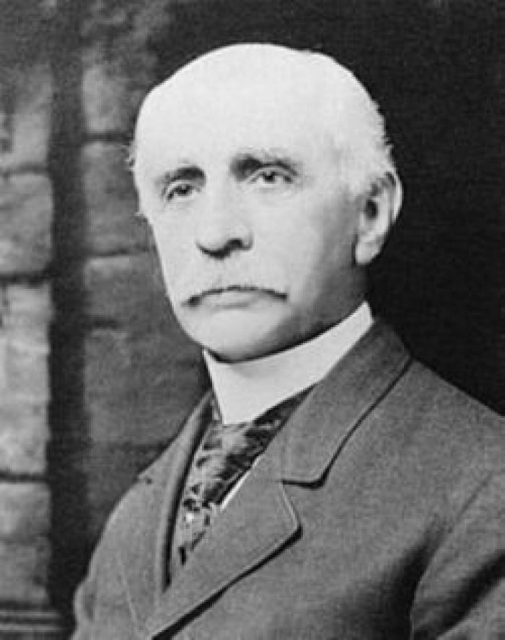
In 1935, Northern Issue started advertising the “splinter-free” toilet paper on the market. And in 1942, St. Andrew’s Paper Mill, in the UK introduced softness by launching the two-ply paper.
From that point on, it was only a matter of quality of the TP – size, weight, resistance, roughness, residues, water-absorption, etc. Some companies invested in surveys to come up with the perfect formula for a better product. This, for example, led to adding aloe in the paper to soften it.
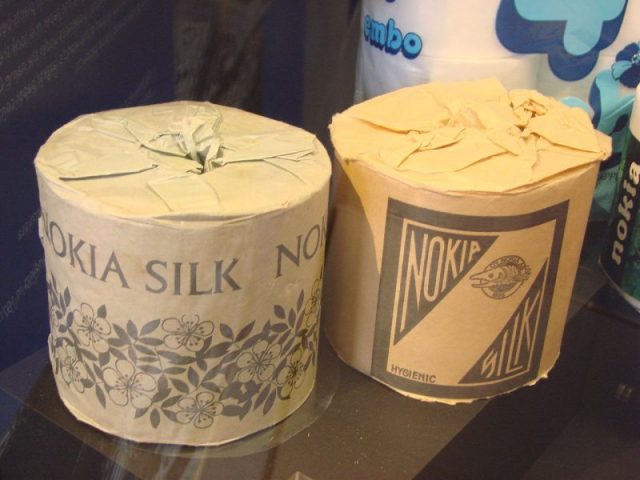
The quality of this product depends on its durability, coarseness, and quantity of piles. The low-grade TP consists of only 1 or 2 piles and sometimes can be very rough. Mid-Grade is stronger and slightly softer while the ultimate quality is the Premium paper consists of 2 to 4 piles.
This high-grade TP might be enriched with lotions and creams for softness, and it can be textured, patterned, or quilted so that it would also have a luxury feel.
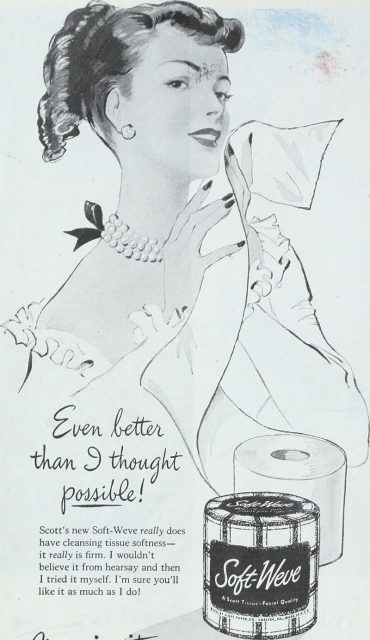
Eventually, the price difference between the two types of papers decreased, and the soft one became the preferred choice of the people.
Read another story from us: Bizarre Fashion Trends Throughout the Ages
For most of the 20th Century, there was a huge gap between the ‘soft’ and ‘hard’ toilet paper not only in the quality but also in the price. The hard one was more affordable and it was common to have prints on it, such as ‘NOW WASH YOUR HANDS PLEASE’, ‘IZAL MEDICATED’, or ‘GOVERNMENT PROPERTY’ which was written on every sheet towards the perforated parts.
